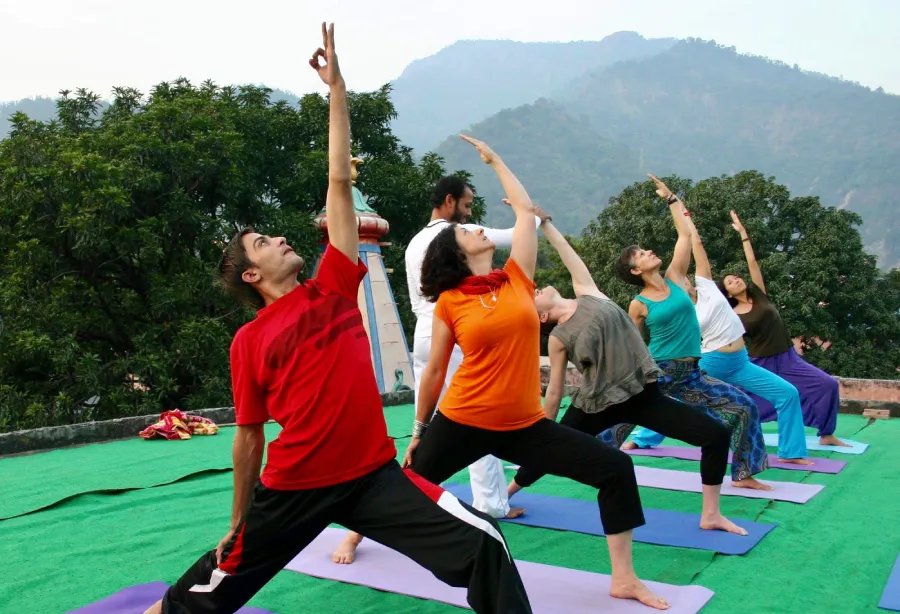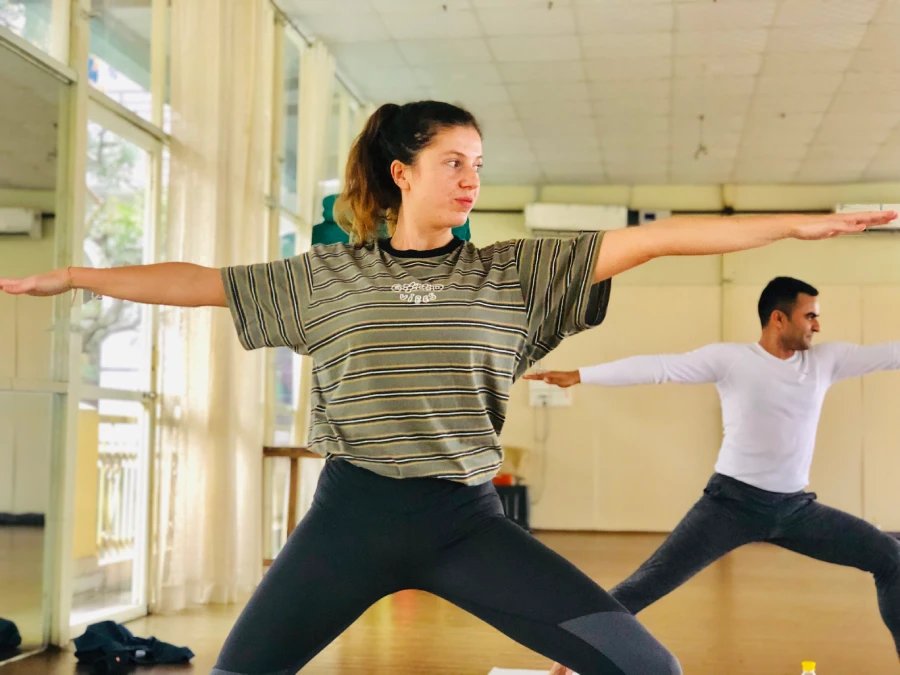Yoga is a deep reservoir of ancient knowledge and you can only identify that, when you dedicate yourself to its study. If you have been dabbling in yoga for some time now, then you will know that it goes deeper than asana practice. Additionally, if you are someone who has studied Pranayama, the term ‘Prana’ will not be alien to you anymore. So, the term means life energy or life force, in yogic context.
This Prana flows through the body’s energy channels, and passes through the energy centres or chakras. The human body in yoga is seen from a different light. This is something that you will not find in human anatomy. There are five sheaths in the aural body, also called koshas. The second amongst these is Pranamaya. This Pranamaya Kosha consists of five pranas. These are under Vata Prakriti in Ayurveda.
Decoding The Pancha Pranas
- Prana Vayu – This is the first Prana. It mainly controls the movement of energy through the throat region along with the diaphragm. The heart and the lungs are also controlled by the Prana Vayu. All the nerves, muscles, and tissues located in this region are reliant on the Prana Vayu for functioning. The Prana Vayu is associated with the Anahata chakra. It is responsible for helping you swallow food and in respiration. Prana Vayu moves through the eyes, ears, nose, and lungs. If you suffer from any imbalance in the Prana Vayu, it can cause cardiac disorders and respiratory disorders. You may be less productive as well. It represents the inward movement of energy.
- Apana Vayu – This Prana is responsible for elimination of stale energies. It impacts the naval area, perineum, large intestine, small intestine, kidneys, urinary system, and reproductive organs. It also maintains the function of exhalation, secretion of reproductive fluids, and menstruation. The delivery of a baby is also controlled by Apana Vayu. It is associated with Muladhara chakra. If there is any sort of imbalance in this Prana, it can cause digestive issues, excretion, lethargy, depression, and piles. It moves the energy downward and outwards.
- Samana Vayu – This Prana controls the space between the naval and the diaphragm. It governs the organs like stomach, spleen, pancreas, liver, and large intestine. This Prana travels sideways. It helps in the metabolism and breakdown of nutrients in the human body. It is associated with the Manipura chakra. Your digestive functions are reliant on Samana Vayu. It also impacts you spiritually, by expanding your consciousness. It ensures that all parts of the body get proper energy.
- Udana Vayu – This Prana controls the energies flowing through the face, head and the throat. Your sensory organs and the brain are also dependent on this Prana. The movement of your appendages are also reliant on Udana Vayu. You are able to maintain a straight and upright structure, due to this Udana Vayu. It is connected with the Vishuddha chakra. The movement of energy here is upwards and outward. You are able to maintain your body temperature and can sleep, due to the proper functioning of Udana Vayu. Any imbalance will lead to difficulty in breathing and low productivity. Your speech will also suffer.
- Vyana Vayu – This controls the entire body. This Prana is responsible for carrying nutrition to each and every cell in the body. It mainly controls all the movements in the human body. It affects the lymphatic system, circulation, and nervous system as well. Moreover, all your body’s voluntary and involuntary movements are also controlled by this vayu. If there is any imbalance in this Prana, then you will feel low on energy and will not be able to communicate with others.
Join Yoga Teacher Training in Rishikesh
If there is no ‘Prana’, then there will be no physical body. Additionally, it also impacts the mental body. When you take nutrition properly, there is an increase in Prana. Alongside, you also need to eliminate properly. The main method of working on the Pranamaya kosha containing the five Pranas, is through yogic breathing or Pranayama.
Holistic Practices For Pancha Pranas Rejuvenation
You must practice alternate nostril breathing, to keep your Pranas flowing properly. In the realm of classical yoga, you can also chant mantras such as ‘Om’. It creates vibrations that can help in directing the energies towards the subconscious. All paths in Yoga are based on Pranas. When you practice asana, it acts as a physical manifestation of the Prana. You can also practice mudras to keep the Prana flowing. The morning is the best time for the practices which can stimulate the Pranas. You can combine the mudras with yogic breathing, to make the Pranas work well. To balance all the five Pranas, you must practice asana, breathing, meditation, sound healing, chanting and take nutrition daily.
Final Thoughts
To get complete knowledge about the five Pranas, it is absolutely essential for you to learn the ancient science of Yoga under an expert. You can enrol in a proper registered yoga course, which delivers comprehensive training. Choice of the best school is absolutely essential.
Learn to More Pancha Pranas You Can Join 200 Hour Yoga Teacher Training in India and 300 Hour Yoga Teacher Training in India




